Guitar Maintenance 101: How to Keep Your Axe Clean
Making your guitar spick and span
Guitar maintenance is fiercely overlooked by players around the world. We spend a lot of time with and a lot of money on our guitars. Let’s keep them clean.
Cleaning Tips and Tricks:
Guitar Maintenance 101: How to Keep Your Axe Clean
As guitarists, we spend a lot of time with our guitars. You could be on the road or in your bedroom, wherever you are, it’s always great to rock out.
However, all of that contact time can take its toll on your precious guitar. Now that we’re well into the summer months, it’s more important than ever to make sure that your musical companion is in tip-top condition.
We put a lot of blood, sweat, and tears into learning the guitar. So, it’s about time we cleaned it all off.
Cloths
A great place to start! Cleaning cloths, be that cotton or microfibre, are an essential part of my guitar care toolkit.

We like to hang our guitars on the wall, or have them sit proudly on a guitar stand. This is great. However, over time, dust likes to build up and collect on the flat surfaces of your guitar. I don’t know about you, but I hate playing on a dusty neck.
Therefore, we should all have a couple of cloths laying around to keep on top of debris and dust. Moreover, gross flakes of skin like to live on your pickguard. A cloth will happily get rid of this potential biohazard for you.






Fingerboard Cleaner
Microfibre cloths are good for quick wipes of the body and neck of the guitar. But what if you want to give your guitar a proper, deep clean? The best time to do that is during a string change. From here, you’ll want some *fingerboard cleaner.
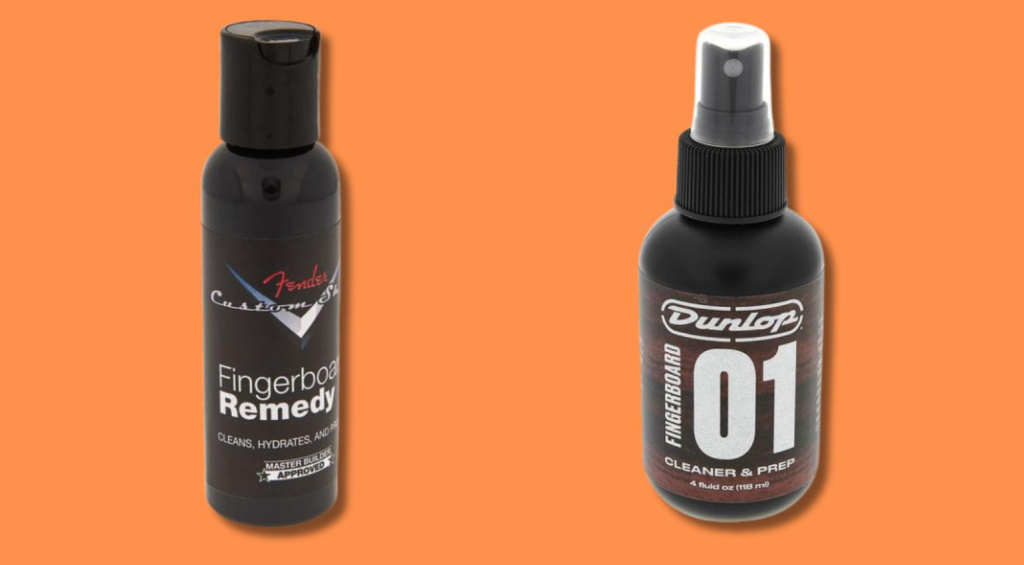
Having the strings off the guitar will really help to address years of hard playing and neglect. Fretboard cleaner hopes to address stubborn and ingrained marks that are left on your neck after all of those hard practice sessions.
Simply spray your desired product of choice onto your fingerboard, and rub into the wood with the aforementioned cloth. How’s that for joined-up thinking? Overall, this creates a new, clean surface, ready for more playing time.

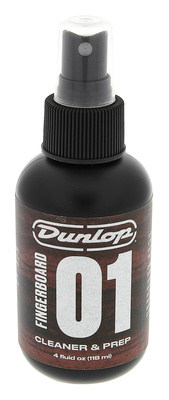

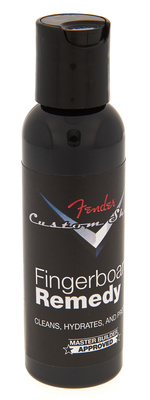

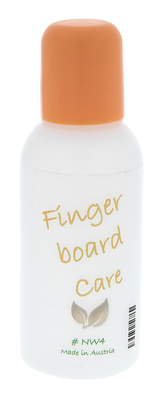
Lemon Oil
Once you’ve given your fretboard a jolly good rubbing down, it’s time to look after that precious wood. *Lemon oil removes the dirt and grease from your fingers, and indeed the fingerboard cleaner, and prevents your untreated fretboard from drying out.

I consider lemon oil to be a win-win when it comes to guitar maintenance. Firstly, it’ll prolong the life of your guitar. Secondly, it appears to last forever! You only need a few tiny drops of the product to thoroughly coat your fretboard. I’ve still got some that I bought in 2019…
Unlike the fingerboard cleaner, I’d advise against using a microfibre cloth to apply this. Something like a disposable paper kitchen towel works really well. Moreover, you’ll see years of dirt and grime come off that paper towel as you apply the product to the fretboard.
Conclusively, lemon oil is about cleaning, protecting and maintaining your fretboard. Plus, it smells divine. Just make sure you give it a few minutes to dry before reapplying your strings.

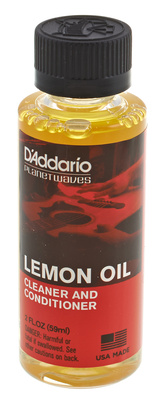

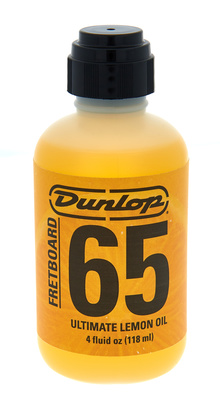

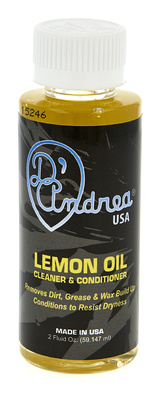
Keeping Your Nut Clean
Now that we’ve been rubbing the wood on our fretboard, it’s time to clean our nuts. Steady. Your strings are held in place at two junctions. The saddles/bridge, and the nut. The aim of the game here is to reduce tension.
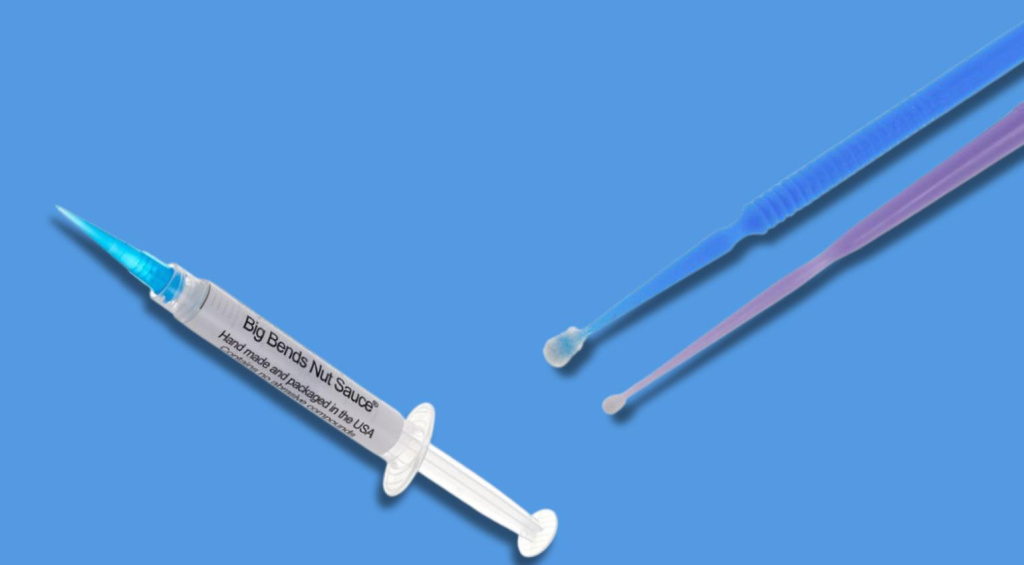
Now, this could be an old wives’ tale, but I genuinely subscribe to the idea that a well-lubricated nut on a guitar makes for a better playing instrument. By lubricating the gaps in the nut where the strings sit, you’re reducing tension. Why is this important?
When you bend a string, that string bends upwards on the neck, but doesn’t really have anywhere to go in the nut. Therefore, if you provide some lubrication to the nut, it allows the string to move more freely. Overall, helping to keep that string in tune.
There are, of course, specialist products over at *Thomann. However, if you’re stuck, the graphite from a sharp pencil can also act as a reasonable nut lubricant. Again, this should be done during a string change.

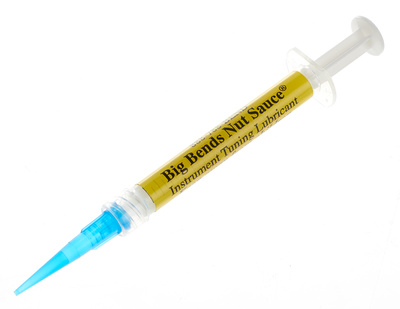

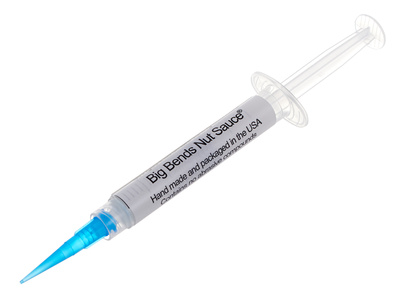

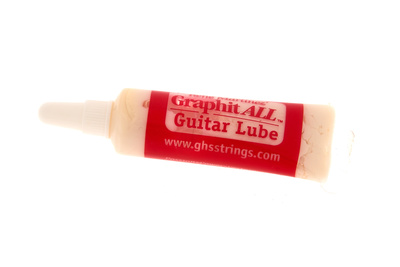

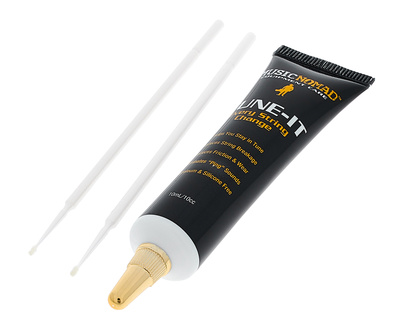
Body Care
To conclude our look at guitar maintenance, as far as cleaning is concerned, it’s time to put some love and attention into the body of our guitars. Arguably, the most visually striking thing that we see on the guitar. Easily susceptible to finger marks, pick and skin debris, and god knows what else.
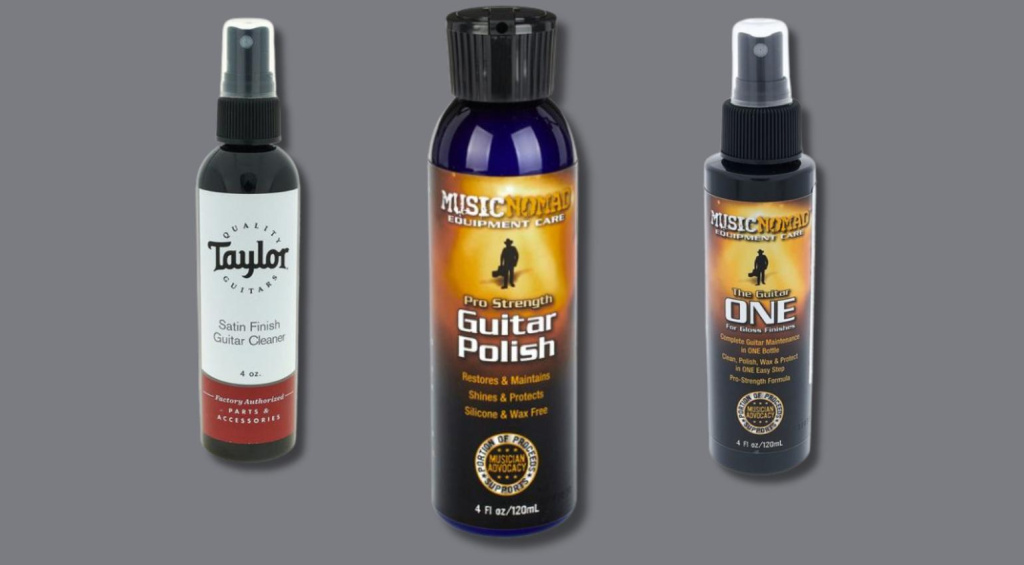
With various products on the market, it’s important to know what to use and in what order. If you’re thinking of cleaning the body of your guitar, be very careful! Certain products could damage the lacquer or other finishes.
Firstly, ensure that the paintwork is dry and free from loose debris. The last thing we want to do is engrain dirt into the paint and scratch it. From here, use a dedicated cleaner to clean the surface first. After a clean, it’s time to polish.
Polishing the top shiny surface of your guitar makes it both look great and keeps it protected against contaminants. Again, be sure to check if that product is suitable for your guitar. Such as with gloss vs satin finishes. Once again, another reason to have a microfibre cloth handy.

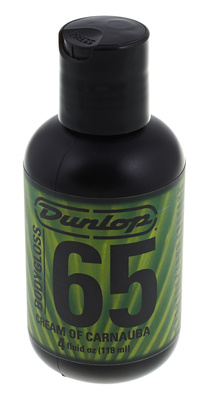

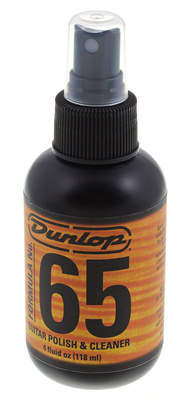

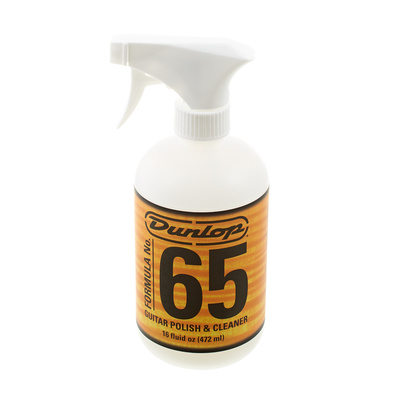

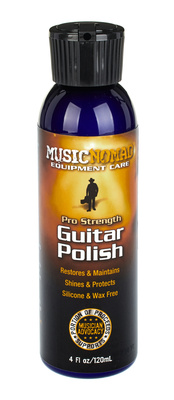




Videos:
Further Information:
*This post contains affiliate links and/or widgets. When you buy a product via our affiliate partner, we receive a small commission that helps support what we do. Don’t worry, you pay the same price. Thanks for your support!
4 responses to “Guitar Maintenance 101: How to Keep Your Axe Clean”

 4,7 / 5,0 |
4,7 / 5,0 | 





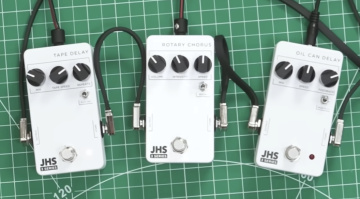
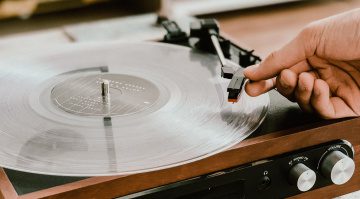


The biggest culprit are the guitar cases! So much dust from the lining, even in brand new cases! When will someone make a dust free case???
Interestingly enough, the Epiphone case where I keep my 6 or 7 string Epi. doesn’t leave any lint or dust on my guitars.
This can be true! I have to say, one of my hardcases does let a bit of dust in, whereas the other is fine. I just hate the dust from not playing that guitar for a while…
I have a Strat ‘57 re-issue with a maple fretboard. My Dunlop 01 bottle states
“. . . Not for use on maple fretboards . . .” Any suggestions for a maple fretboard cleaner? Thanks, TJ